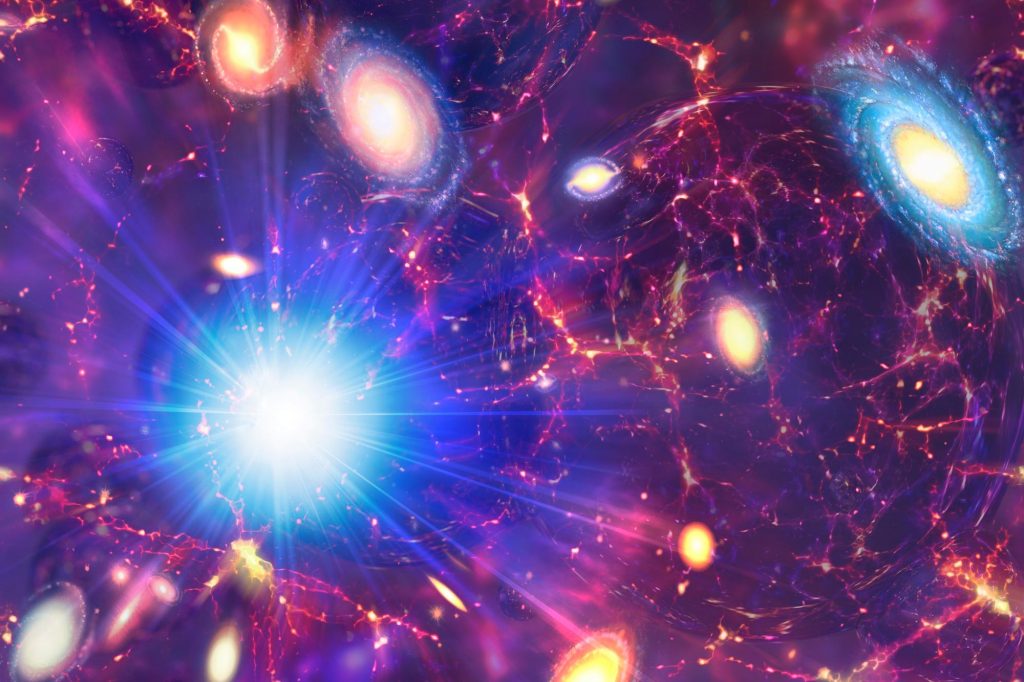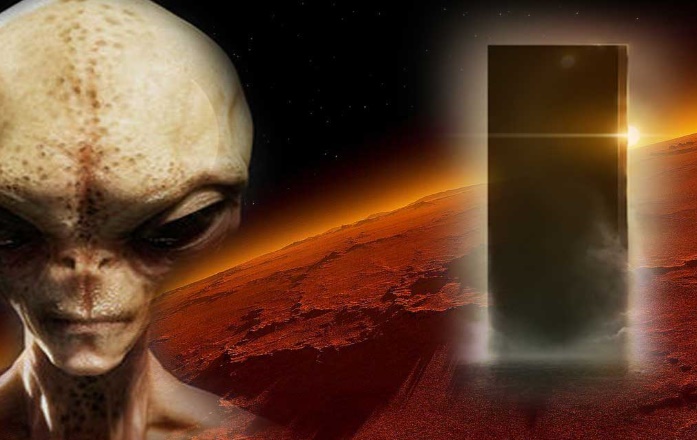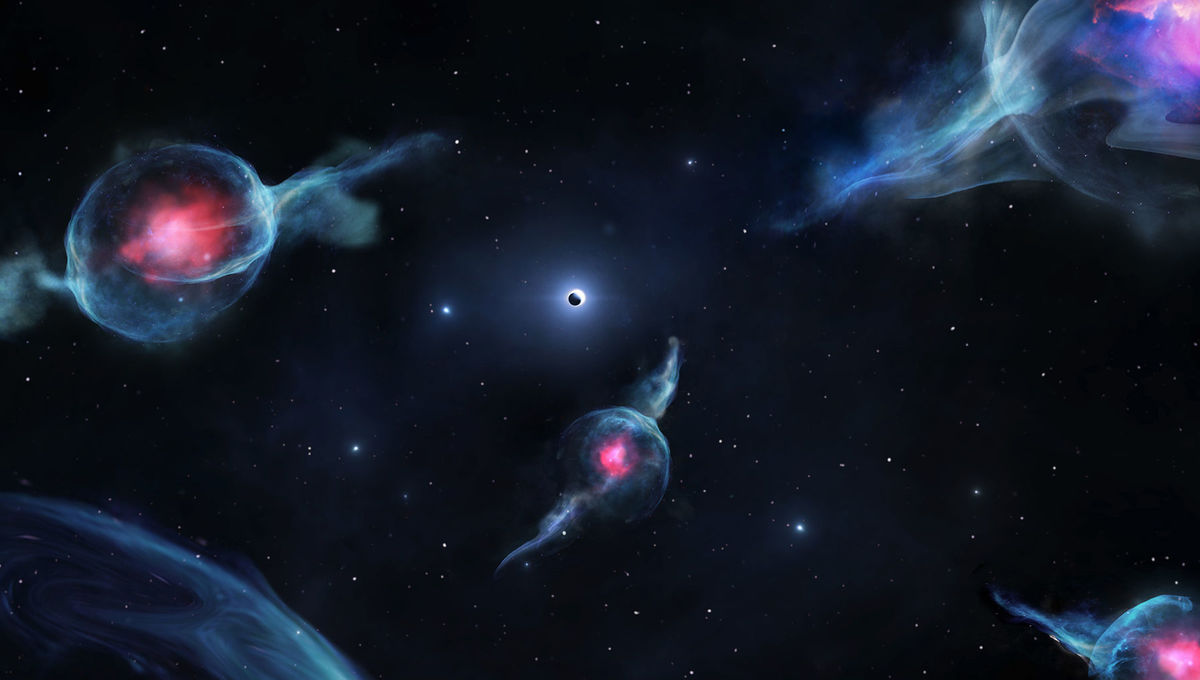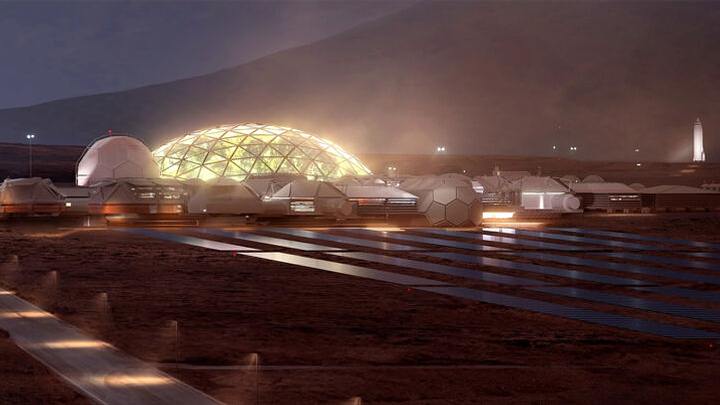Based on our current understanding of the universe, observational data from cosmic microwave background radiation—often referred to as relic radiation—provides compelling evidence for the existence of dark energy. This mysterious force, which appears to drive the accelerated expansion of the universe, has led astrophysicists to propose three distinct scenarios for how the universe might ultimately end.
These scenarios hinge on the behavior and quantity of dark energy over cosmic timescales. Let’s explore each possibility in detail.
First Scenario: The Great Cooling
In the first scenario, the amount of dark energy remains constant over time. As we know from observations, dark energy currently contributes to the universe’s accelerating expansion. If this trend continues unchanged, the universe will face a fate known as the “Great Cooling.” This process unfolds as the expansion pushes galaxies, stars, and all cosmic structures farther apart at an ever-increasing rate.
Over billions or even trillions of years, the distances between objects will grow so vast that the exchange of energy—whether through light, heat, or gravitational influence—will effectively cease. Star formation, which relies on the gravitational collapse of gas clouds, will grind to a halt as matter becomes too diffuse to coalesce.
Existing stars will eventually burn out, leaving behind cold remnants like white dwarfs, neutron stars, and black holes. Even these will fade as black holes evaporate through Hawking radiation, a process that could take an incomprehensible amount of time. The end result is a universe plunged into eternal darkness, a frigid expanse where temperatures approach absolute zero, and all activity dwindles to nothing. This chilling fate represents a slow, quiet demise for the cosmos.
Second Scenario: The Great Chaos
The second scenario envisions a universe where the influence of dark energy increases over time, pushing the expansion to extreme levels. If dark energy grows stronger, the rate of cosmic expansion could accelerate beyond anything we can currently imagine, leading to a dramatic and catastrophic outcome dubbed “The Great Chaos” by scientists. In this scenario, the fabric of space-time itself would be stretched to a breaking point.
The expansion would become so rapid that it could overcome the fundamental forces holding matter together—gravity, electromagnetism, and even the strong nuclear force. Galaxies, stars, planets, and eventually atoms themselves would be torn apart as space expands faster than the forces binding them can resist. This wouldn’t just be a physical disintegration; it could signal a breakdown of the very laws of physics as we know them.
Some models suggest this runaway expansion might culminate in a “Big Rip,” where space-time itself fractures, rendering the universe unrecognizable and effectively ending its existence in a chaotic unraveling of reality. This scenario paints a picture of a violent, abrupt conclusion driven by an overabundance of dark energy.
Third Scenario: The Big Compression
In contrast, the third scenario considers what might happen if dark energy diminishes over time. If its repulsive force weakens, it may no longer be sufficient to counteract the gravitational pull of all the matter and energy in the universe. Without dark energy’s dominance, the current expansion would slow, halt, and eventually reverse, giving way to a phase of cosmic contraction known as the “Big Compression” or “Big Crunch.” In this scenario, galaxies would begin to converge, colliding and merging as the universe shrinks.
Temperatures would soar as matter and radiation are squeezed into an ever-smaller volume, potentially recreating the hot, dense conditions of the early universe. Some astrophysicists speculate that this compression could lead to a new Big Bang—a fiery rebirth where the universe resets and begins anew. If this cycle repeats, it might suggest an oscillating universe, expanding and contracting in an eternal loop.
While this idea is intriguing, it depends on the precise balance of forces and the ultimate fate of dark energy, which remains uncertain.
A Distant Horizon
Despite these dramatic possibilities, there’s no need for immediate concern. The timescales involved in any of these scenarios stretch into the billions or even trillions of years—far beyond human comprehension or relevance. Moreover, some cosmologists propose an alternative: that the universe might not face destruction at all.
If dark energy stabilizes in just the right way, or if other unknown factors come into play, the cosmos could persist indefinitely in a steady state or a slow fade, defying a definitive end. Our understanding of dark energy and the universe’s fate is still evolving, with new observations and theoretical advancements continually refining these predictions.
For now, these scenarios remain fascinating glimpses into the distant future, shaped by the enigmatic force that governs the cosmos.

















